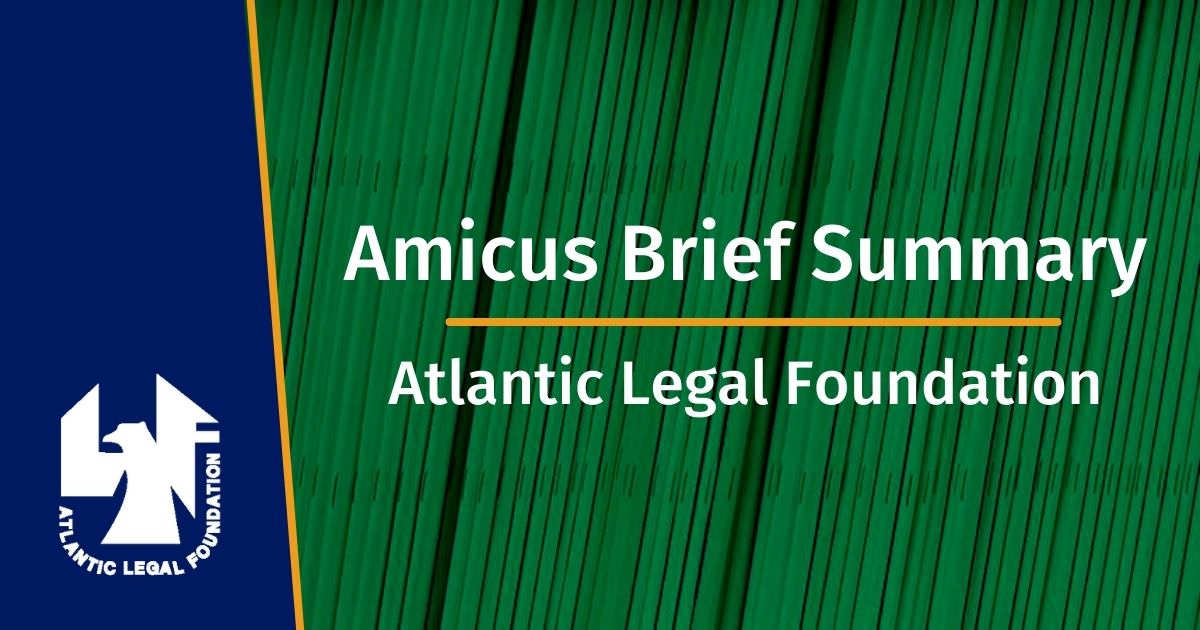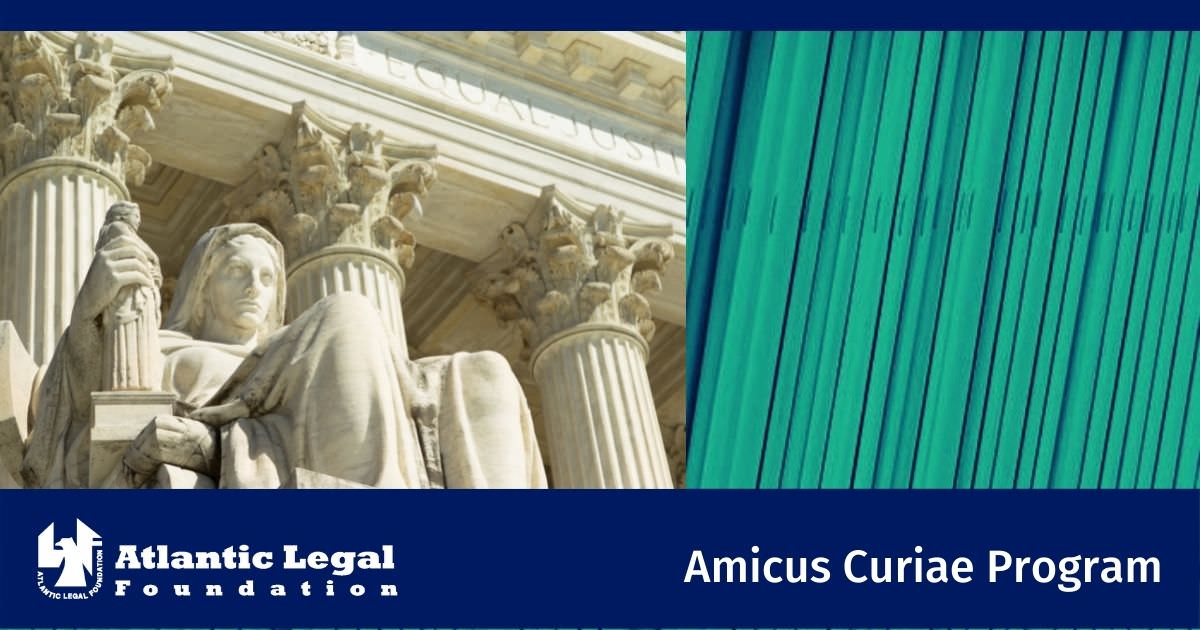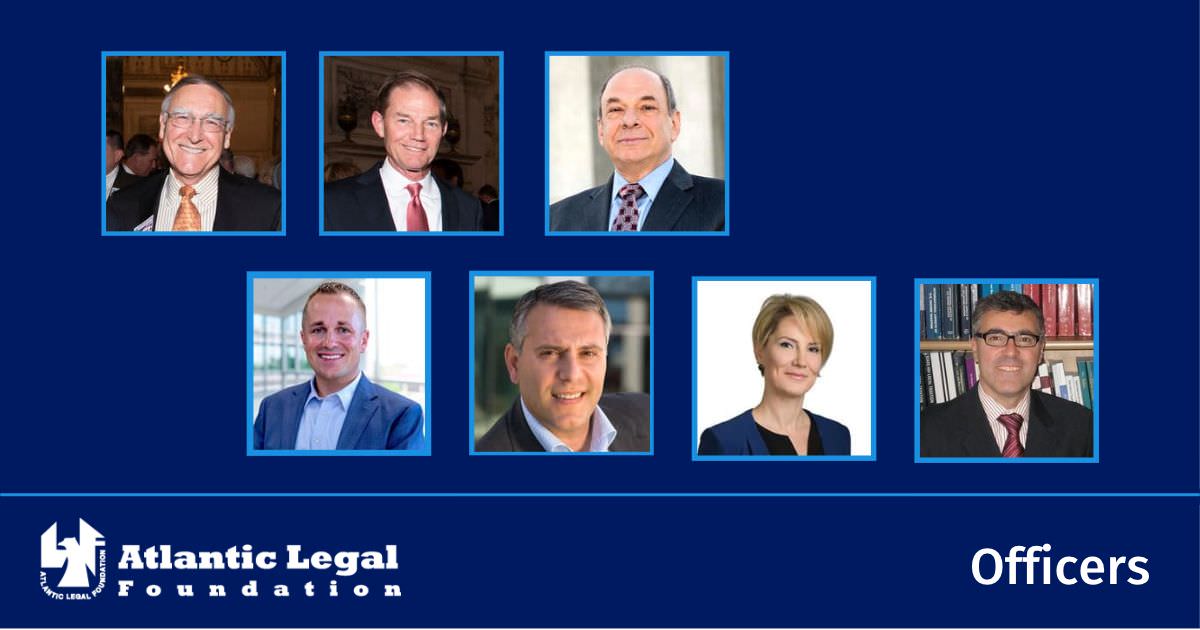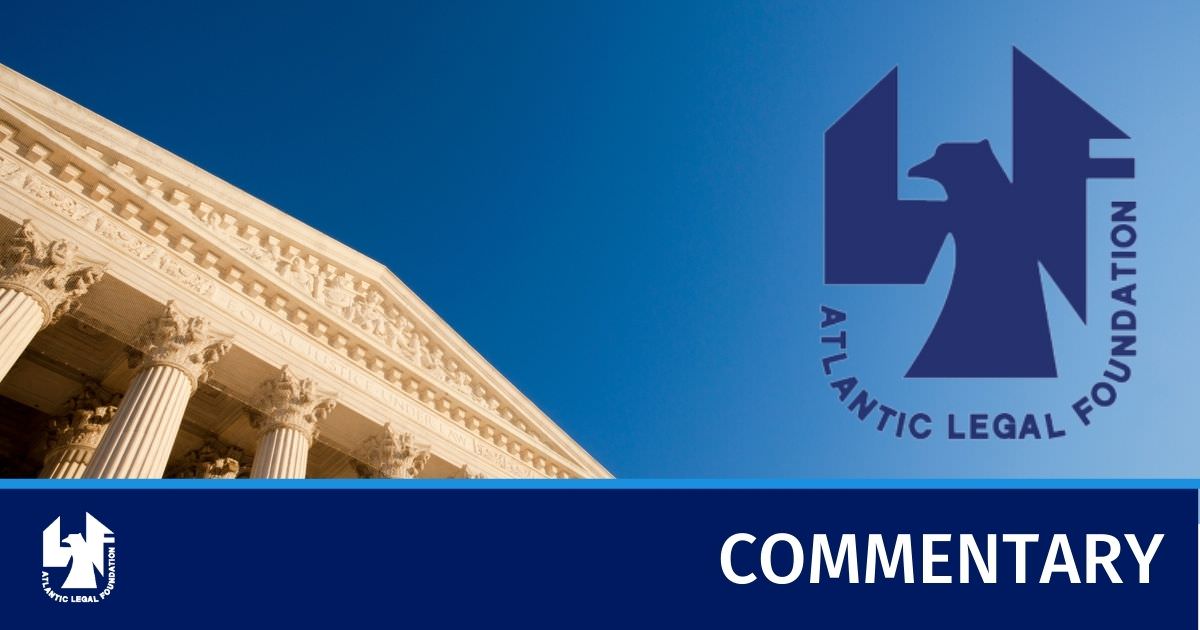
Semantics Conceal Scientific Testimony Already Declared Inadmissible
Mr. Rost, who was 79 years of age at the time of trial, was diagnosed as having mesothelioma. Mr. Rost’s claim against Ford arose because he alleged he was exposed to asbestos from sweeping the floor in the service area of a Ford dealership while worked as a “helper” for two to four months during the summer of 1950. Mechanics at the Ford dealership did, among other work, brakes repairs and replacement and clutch repairs and replacements, but Mr. Rost was not a mechanic. Mr. Rost’s job also included sweeping up dirt and debris in the dealership’s service area. Subsequent to the summer job at a Ford dealership, he was employed for several years at Tung-Sol and then at Metropolitan Edison (hereinafter “Met Ed”) for 34 years until he retired in 1994. Mr. Rost was exposed to asbestos products during his professional work years, particularly at Met Ed.
Mr. Rost testified that he was exposed to “pretty high levels of asbestos dust” at Met Ed. Mr. Rost also worked as an electrician in the boiler room at Tung-Sol, a TV vacuum tube manufacturer, from 1952 to 1953 and 1955 to 1960, where he performed maintenance on the boiler and controls in the boiler room weekly and he worked in the in the vicinity of workers mixing asbestos cement and removing old firebrick and other asbestos products during annual boiler maintenance shutdowns, which created a dusty environment.
The Plaintiffs’ experts, principally Arthur Frank, M.D., asserted that there is no safe level of asbestos exposure. Dr. Frank based his opinion on a “cumulative exposures” theory, which he conceded was the same as the “every exposure” opinion he has advanced in prior asbestos and he admitted that his methodology has not changed in the past 30 years. Dr. Frank also maintained that chrysotile fibers, which are the type in automobile friction products such as brakes and clutches, are extremely dangerous, causing mesothelioma. Another plaintiffs’ expert, Arnold Brody, a cell biologist, asserted that all fibers cause mesothelioma and the greater the exposure, the greater the risk.
The trial court instructed the jury that if they found that the products in question contained asbestos, the Plaintiffs were exposed to them on a regular, frequent, and proximate basis, and this exposure contributed to the Plaintiffs mesothelioma, then there must be a finding of liability. The jury found in favor of both Mr. and Mrs. Rost, awarding a total of 248,000$.
Defendant Ford Motor Company argued that the testimony of the Plaintiffs experts, particularly that of Dr. Frank, was contrary to Pennsylvania case law, which precludes the “each and every breath” statement in concluding that asbestos exposure causes disease and that testimony should have been excluded. The Court of Common Pleas disagreed, holding that Dr. Frank’s testimony that there is no safe level of asbestos exposure and that the greater the exposure, the greater the risk of developing mesothelioma was “in keeping with the dictates of Gregg v. V.J, Auto Parts, 943 A.2d 216 (Pa. 2007).”
Issue Areas:
Sound Science
Case:
Rost v. Ford Motor Company, NO. 309 EAL 2014 (Supreme Court of Pennsylvania Eastern District)
Read the Amicus Brief:

Question(s) Presented:
1. Whether – contrary to Howard, Betz, and Gregg – a plaintiff in an asbestos action may satisfy the burden of establishing substantial-factor causation by an expert’s “cumulative-exposure” theory that the expert concedes is simply an “any-exposure” theory by a different name?
Additional Background:
The Foundation filed amicus briefs in Betz and Howard on behalf of numerous scientists. Amicus believe that this case presents an even more egregious example than Betz and Howard of “litigation science,” that is, science that is produced for the express purpose of influencing the outcome of a case, and not for the purpose of presenting evidence-based and scientifically sound evidence to the court.
ALF’s Amicus Brief:
ALF argues in an amicus brief that the decision of the Superior Court is incorrect because the opinion of Dr. Arthur Frank, Plaintiffs’ expert on medical causation, does not satisfy the legal standard articulated by this Court in Gregg v. V-J Auto Parts Co., 943 A.2d 216 (2007) (rejecting the “fiction that each and every exposure to asbestos, no matter how minimal in relation to other exposures, implicates a fact issue concerning substantial-factor causation”), Betz v. Pneumo Abex, LLC, 44 A.3d 27, 48 (2012) (the “every exposure” theory is “fundamentally inconsistent with both science and the governing standard for legal causation”), and Howard v. A.W. Chesterton Co., 78 A.3d 605, 608 (2013) (“in cases involving dose-responsive diseases, expert witnesses may not ignore or refuse to consider dose as a factor in their opinions”).
The plaintiff’s expert’s testimony in Betz that “each and every exposure to asbestos – no matter how small – contributes substantially to the development of asbestos-related diseases” is essentially no different from the testimony of Mr. Rost’s experts in the instant case. This Court should not allow their own precedents to be sidestepped through mere semantics (even the experts proffering these “new” theories are the same ones who proffered “any exposure” theories before they were thrown out). The courts below should not be allowed to ignore relative qualitative and durational differences in asbestos exposures when they assign liability. ALF respectfully asks this Court to reverse the decision of the Superior Court.
Status:
On November 22, 2016, The Supreme Court of Pennsylvania issued an averse opinion holding that the testimony was correctly admitted by the court below because the maxim that increasing dosage increases likelihood of an effect occurring is not equivalent to the theory that each exposure in itself causes that effect.
Date Originally Posted: January 19, 2015





